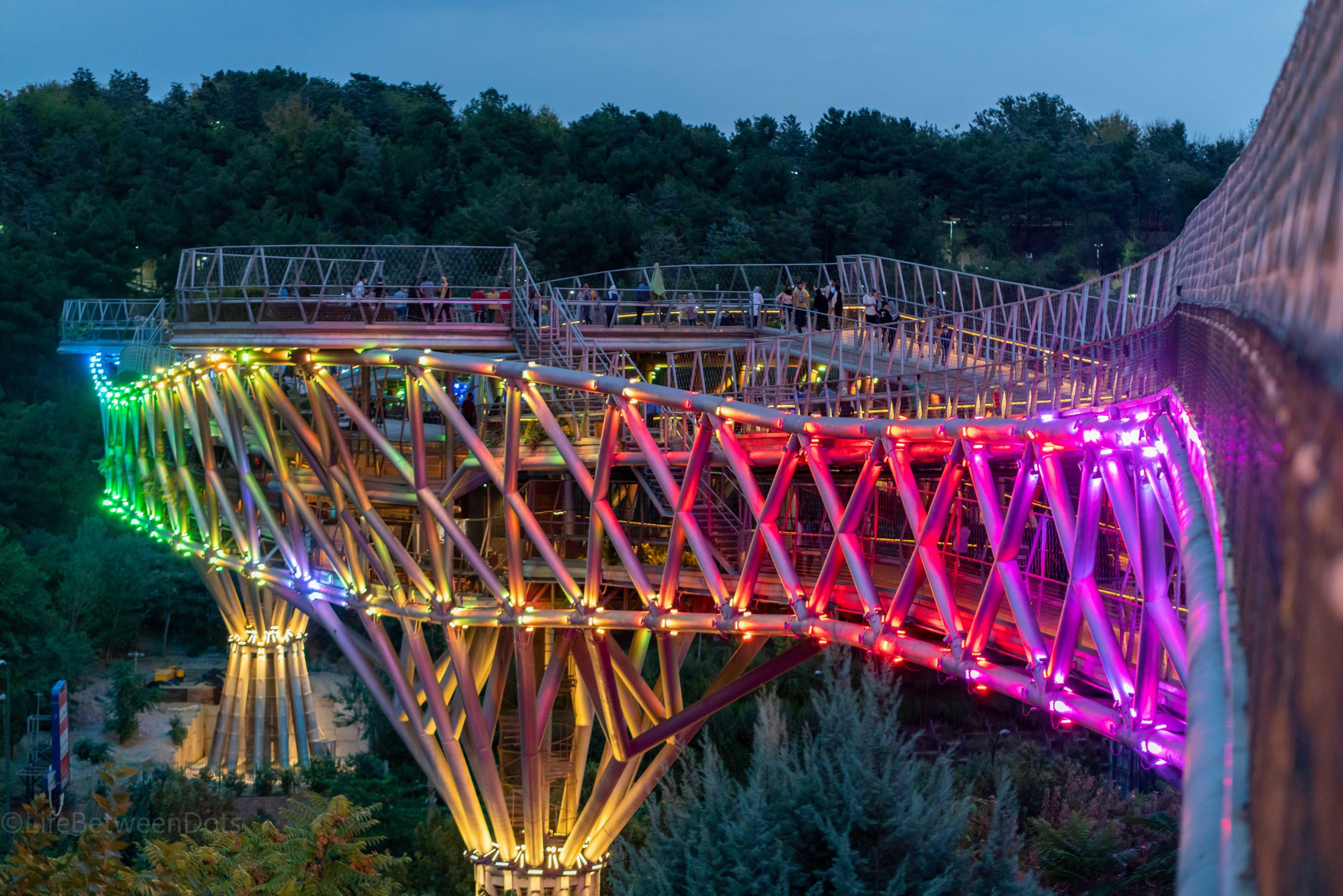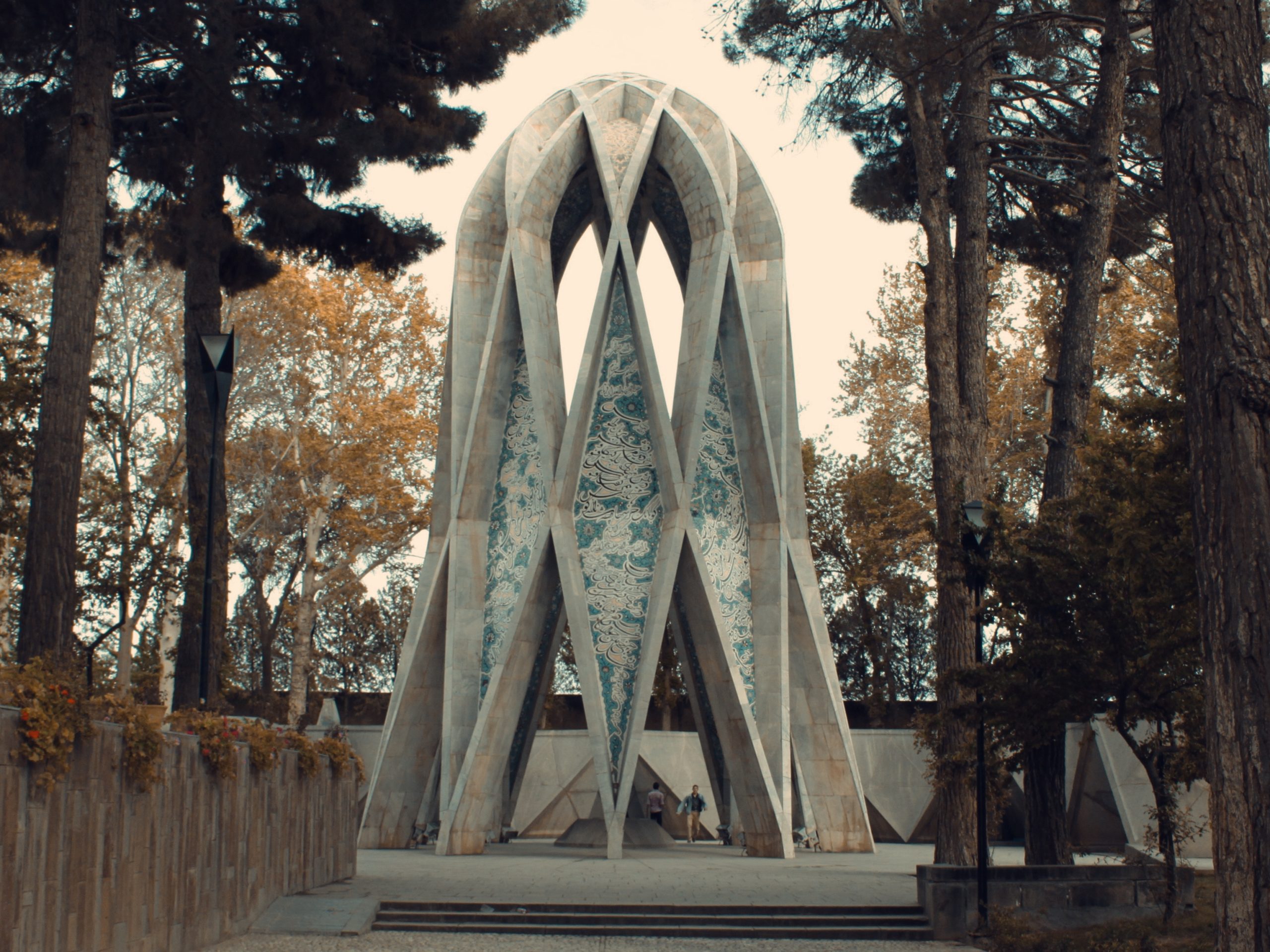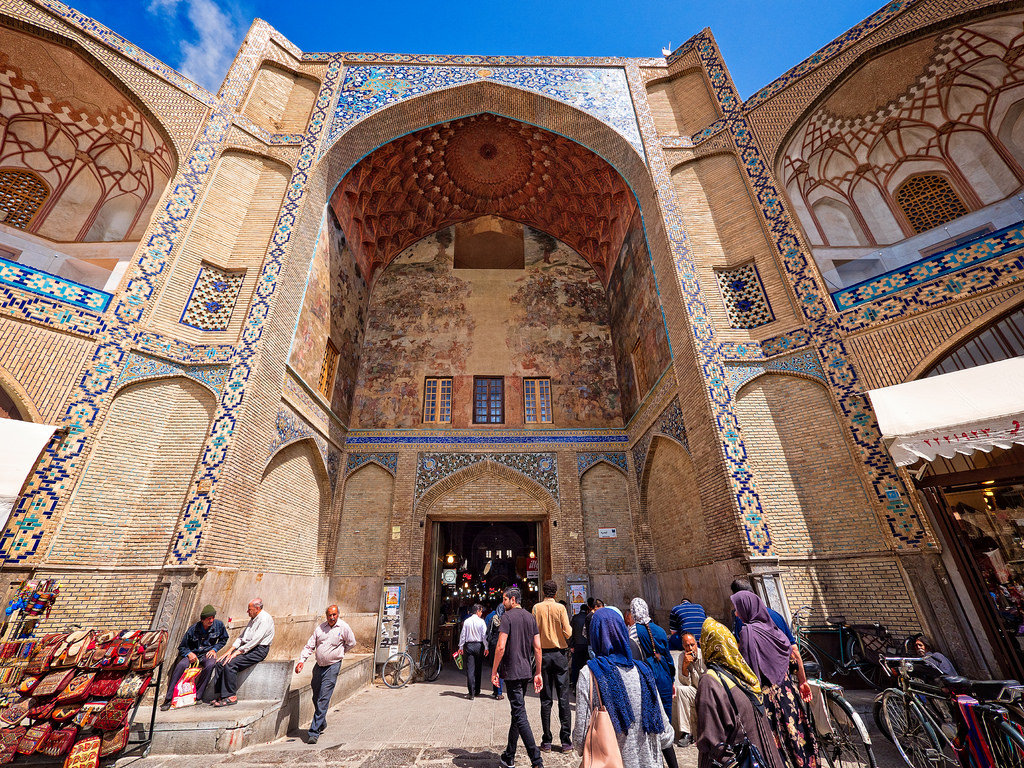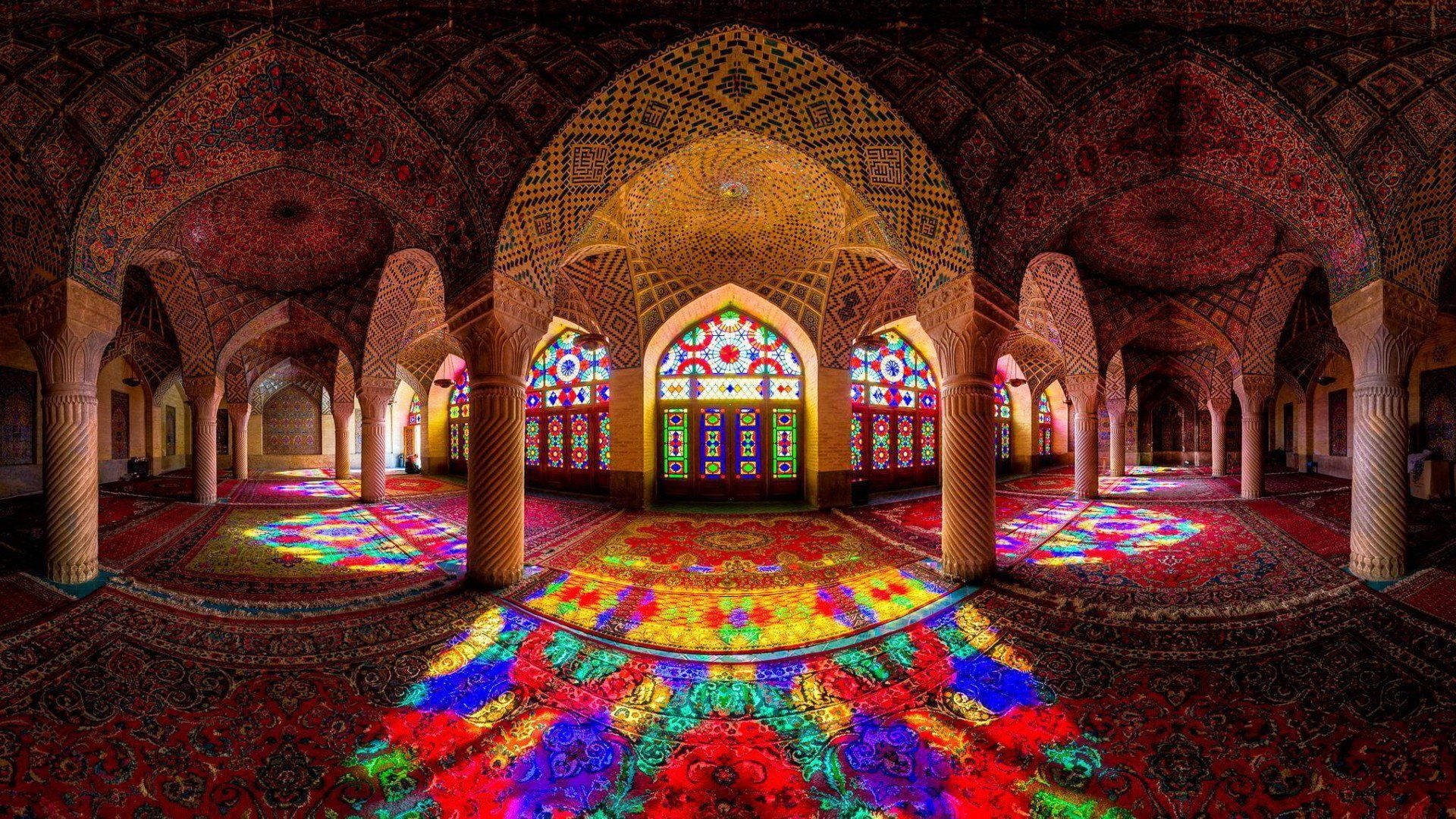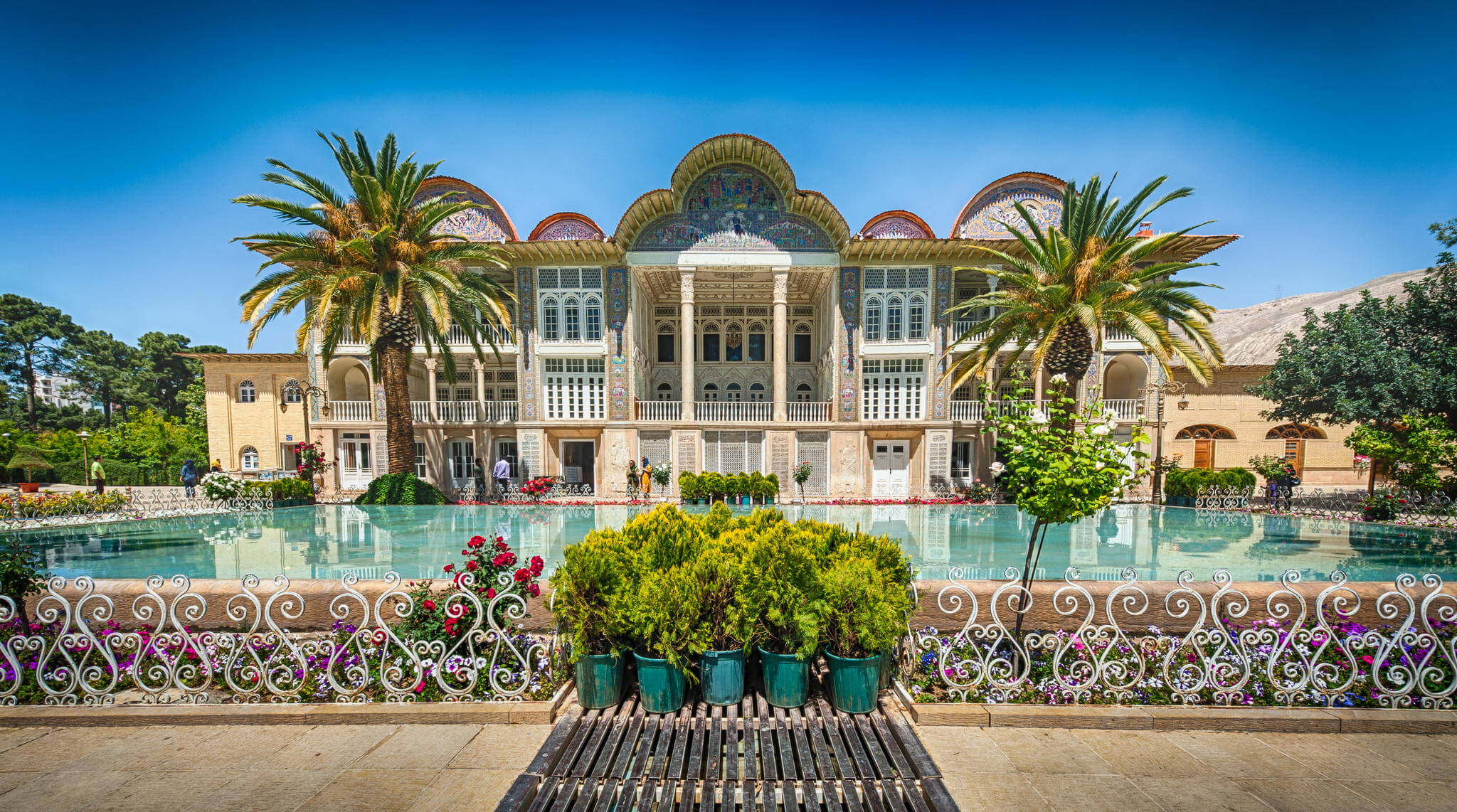Tabiat Bridge, Tehran
Tabiat Bridge (Pol-e Tabiat), meaning “Nature Bridge” in Persian, is not only a remarkable piece of modern architecture but also a symbol of connection in the bustling metropolis of Tehran, Iran.Completed in 2014, this award-winning pedestrian bridge spans 270 meters and links two of the capital's largest parks — Taleghani Park and Ab-o-Atash Park — offering stunning city views and a peaceful escape from the urban rush. Tabiat Bridge has become one of the top tourist attractions in Tehran, admired for
Khaju Bridge, Isfahan
Located in the historic city of Isfahan, Iran, the Khaju Bridge (Pol-e Khaju) is widely regarded as one of the most beautiful and architecturally sophisticated bridges in the world.Built during the Safavid dynasty in the mid-17th century, this bridge is not only a functional crossing over the Zayandeh River but also a masterpiece of Persian architecture, known for its elegance, symmetry, and cultural significance. Historical Background Constructed around 1650 under the rule of Shah Abbas II, Khaju Bridge was designed to serve
Karim Khan Citadel, Shiraz
Located in the heart of Shiraz, the Karim Khan Citadel (Arg-e Karim Khani) is one of Iran’s most iconic historical structures.Built in 1766 during the Zand dynasty, this grand citadel served both as a military fortress and the residence of Karim Khan Zand, the founder of the Zand dynasty. A perfect blend of defensive architecture and royal elegance, the citadel is a must-visit for anyone exploring Persian history, art, and architecture. Historical Background The citadel was constructed after Karim Khan chose Shiraz as
Omar Khayyam Mausoleum, Nishapur
The Omar Khayyam Mausoleum in Nishapur, Iran, stands as a testament to the enduring legacy of one of the greatest minds in Persian history.Omar Khayyam (1048–1131) was not only a celebrated poet and mathematician but also an astronomer and philosopher whose influence spans cultures and centuries. Today, the mausoleum is a symbol of Persian art, literature, and scientific achievements—drawing travelers, scholars, and poetry lovers from around the world. A Glimpse into History Khayyam was born in Nishapur and lived during the Seljuk era,
The Grand Bazaar of Isfahan
The Grand Bazaar of Isfahan, also known as the Qeysarieh Bazaar, is one of the oldest and most vibrant traditional markets in Iran.Located in the heart of Isfahan, this historic bazaar is not just a shopping center—it’s a journey through the rich tapestry of Persian culture, craftsmanship, and architecture. Dating back to the 11th century, the bazaar stretches over 2 kilometers, connecting some of the city’s most iconic landmarks, including Naqsh-e Jahan Square and the Jameh Mosque of Isfahan. Historical Significance The Grand
co-Lodges in Iran | Authentic, Sustainable, and Local Travel Experiences
Staying at an eco lodge in Iran allows travelers to connect with local traditions support sustainable tourism and explore hidden gems away from mainstream routes. What Is an Eco Lodge? An eco lodge is a nature based community run accommodation that reflects local architecture and promotes environmental awareness. These lodges are often built using natural materials operated by local families and serve traditional homemade meals using locally sourced ingredients. They are perfect for travelers looking for off the grid experiences cultural exchange and
Nasir al-Mulk Mosque, Shiraz
Nasir al-Mulk Mosque, also known as the Pink Mosque, is one of the most iconic and visually stunning landmarks in Shiraz, Iran.Built during the late 19th century, this mosque is world-renowned for its vibrant stained glass windows, colorful tilework, and remarkable play of light and color in the early morning hours. Located in the historical Gowd-e Araban district, the mosque is a must-visit for photographers, architecture lovers, and cultural travelers seeking to explore the timeless beauty of Persian-Islamic design. History of Nasir
Eram Garden, Shiraz
A Timeless Persian Paradise in the Heart of Iran What is Eram Garden? Eram Garden (Persian: Bāgh-e Eram) is one of the most famous and breathtaking historical gardens in Iran, located in the northwestern part of Shiraz, a city known for its poetry, gardens, and rich culture.This stunning botanical garden is a prime example of traditional Persian garden design, and has been recognized as a UNESCO World Heritage Site as part of the "Persian Garden" listing. With its cypress-lined paths, vibrant floral displays,
Dasht-e Lut, Iran
What is Dasht-e Lut? Dasht-e Lut, also known as the Lut Desert, is one of the most extraordinary and extreme natural wonders in Iran and the entire world.Located in southeastern Iran, this vast salt desert is famous for holding the record as one of the hottest places on Earth, with surface temperatures reaching over 70°C (158°F). The name "Lut" means “bare” or “empty” in Persian — and indeed, its vast, alien-like landscapes are both breathtaking and otherworldly. Where is Dasht-e Lut Located? Dasht-e Lut
Niavaran Palace Complex, Tehran
History of Niavaran Palace The origins of Niavaran Garden date back to the Qajar era, when Fath-Ali Shah commissioned it as a summer retreat. Later, during the reign of Naser al-Din Shah, the Sahebqaraniyeh Palace was added to the estate.In the 1960s, Mohammad Reza Shah Pahlavi ordered the construction of a new royal residence—Niavaran Palace—which was completed in 1968 and served as the primary residence for the royal family until the 1979 Revolution. Architectural Highlights Architect: Mohsen Foroughi Style: Fusion of modern architecture with


